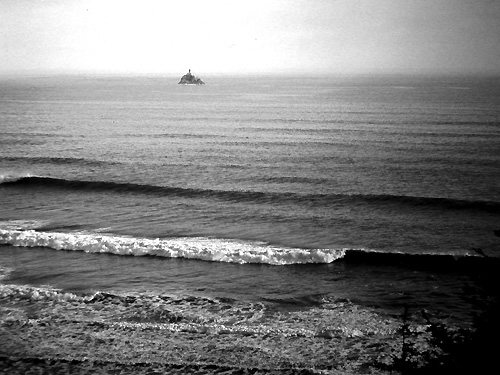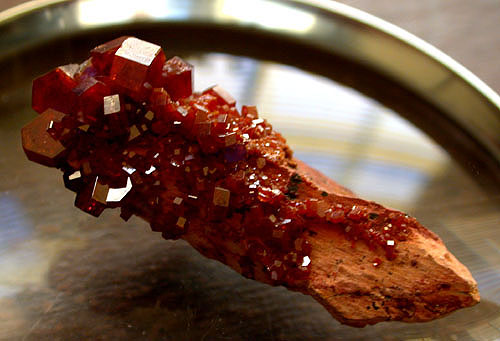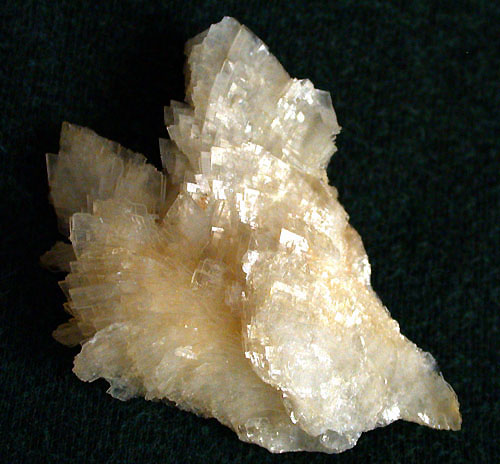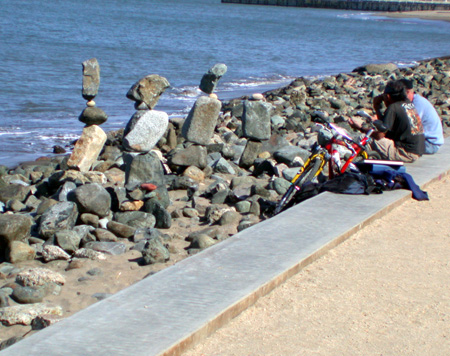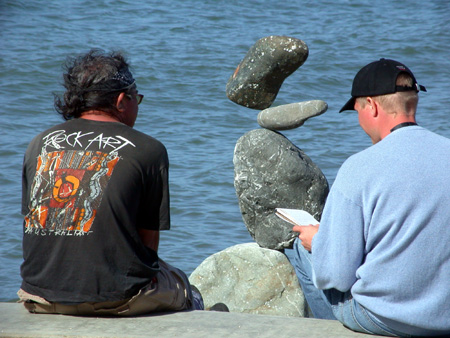In response to Philip Greenspun’s ironic question/link bait: Why pretend to care about others when we have professional therapists?
A friend criticized me for being unsympathetic regarding a concern of hers that I thought was irrational. She believed that a friend ought to care simply because another human being is apprehensive, even if that apprehension is not justified. During this exchange it occurred to me that there is actually no reason for the layperson to be sympathetic or emphathetic in any modern situation.
…
Three hundred years ago friends needed to empathize with one another. Today anyone who wishes to get symphathy for his or her troubles can simply buy it from one of the hundreds of thousands of trained professionals in the therapy industry.
From three hundred years ago, a non-ironic answer:
All mankind is of one author, and is one volume; when one man dies, one chapter is not torn out of the book, but translated into a better language; and every chapter must be so translated…As therefore the bell that rings to a sermon, calls not upon the preacher only, but upon the congregation to come: so this bell calls us all….No man is an island, entire of itself; every man is a piece of the continent, a part of the main…any man’s death diminishes me, because I am involved in mankind; and therefore never send to know for whom the bell tolls; it tolls for thee.
Excerpted from John Donne’s Meditation XVII, 1624
